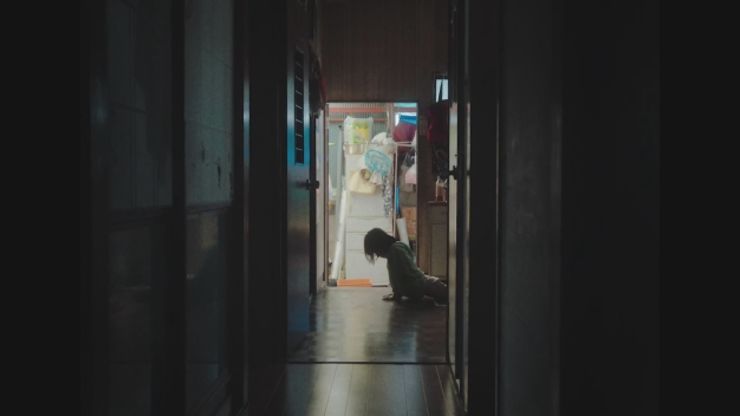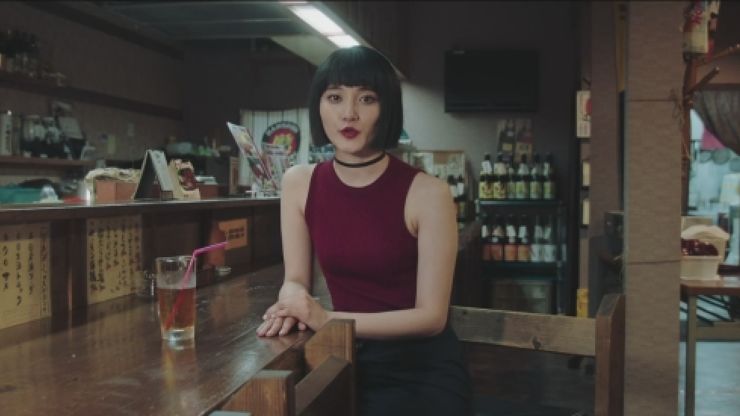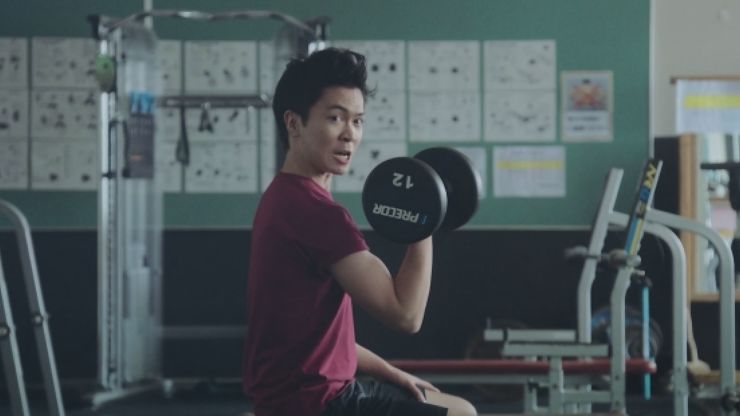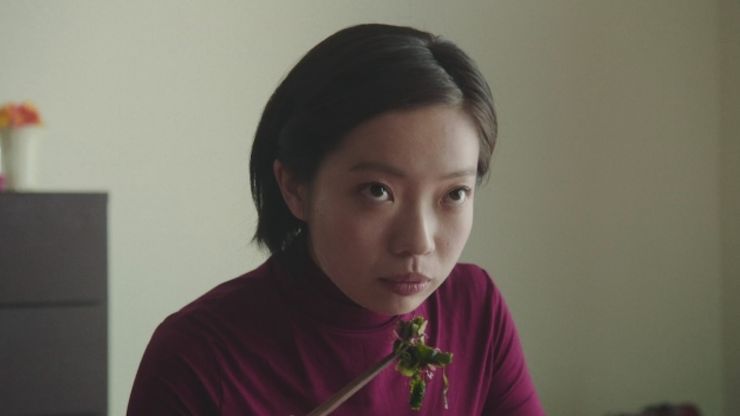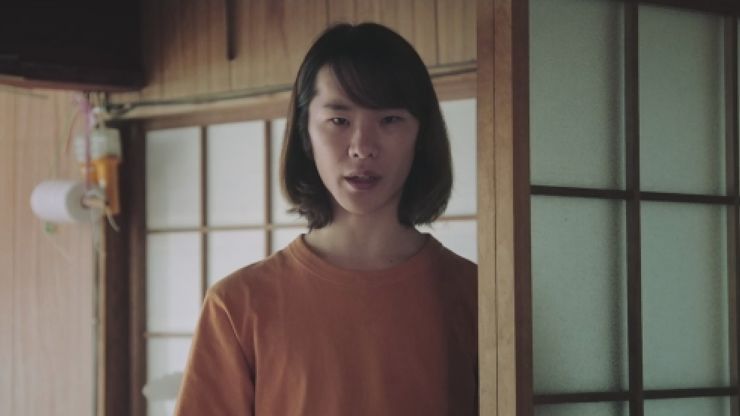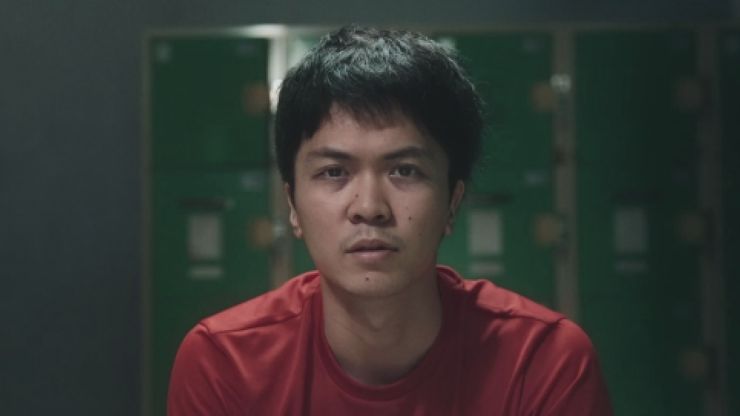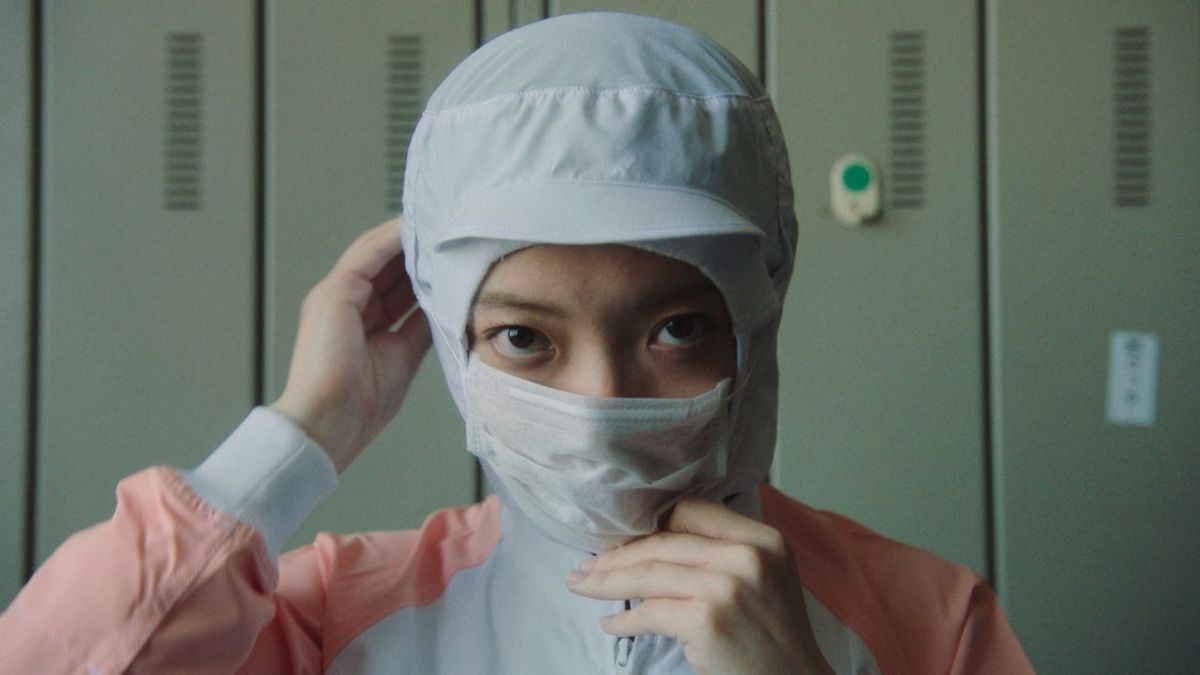Thessa Meijer on picking up this year's YDA Special Jury Prize
The Walking Fish, a fantastical tale about a mutsugorou (or mudskipper) that evolves into a girl, wowed this year's YDA judges. Here, its director, Thessa Meijer, discusses the inspiration for her film and why working in a foreign language was brilliantly challenging.
Can you tell us a little about your background and your route into directing?
I went to the HKU University of the Arts to study video art and interaction design. It was a real playground, we learned everything from visual effects to sound design to Steadicam operating. But I quickly realised I wanted to focus on screenwriting and directing. I loved the magic of building a fictional world and collaborating with a team towards the same goal.
Soon after that I interned as an assistant set dresser on Alex van Warmerdam’s film Borgman, where I learned a lot about creating a universe, but also about set hierarchy and how the Dutch film industry works. In my third year I wrote and directed my first narrative short film, together with a theatre group of people with a mental or physical disability.
I was never really a film geek, I mostly watched romantic comedies and musicals, and accidentally a horror, thriller or a David Lynch movie. I still haven’t seen some of the biggest classics...
My graduation film was about an old man who is dragging his dead horse around town (based on a Dutch saying similar to “flogging a dead horse”) and is narrated by a street sweeper who’s overthinking the meaning of it all.
The year of my graduation, I was awarded the Netherlands Film Festival’s Dioraphte Award and a ‘Wildcard’ prize of the Netherlands Film Fund. I was allowed to make anything I wanted with that prize money, so I went to HALAL and spoke to their Head of Fiction, Gijs Kerbosch. I love their work and wanted to work with the team, so I was happy when we decided to do this together.
Credits
View on-
- Production Company Halal
- Director Thessa Meijer
-
-
Unlock full credits and more with a shots membership
Credits
View on- Production Company Halal
- Director Thessa Meijer
Explore full credits, grab hi-res stills and more on shots Vault

Credits
powered by- Production Company Halal
- Director Thessa Meijer
Above: A clip from Meijer's winning film, which is still on the festival circuit so cannot yet be shown in full.
Why did you want to become a director?
When I was a kid, I won a video camera in an online competition, so, it was completely accidental that I started filming. But I liked it a lot. I began to experiment with editing, stop-motion and other visual trickery. I remember I made a tripod out of fruit baskets and made two stop-motion animated films about Billy Banana - a banana who gives stripteases and finally breaks into two halves in order to eat himself.
I think what really drew me to directing was the opportunity to explore the unknown and change reality; to take something from the real world and give it my own twist.
When I was 15 or 16, I made my first short about a trippy morning ritual – there was a cheese sandwich coming out of my mouth and a cup of tea made with a goldfish on a string instead of a tea bag (no animals were hurt during the production!). I accidentally stumbled upon filmmaking as a profession when I joined a friend to an open day of the Dutch Film Academy, but the courses were too specific for me so I didn’t think about applying there. Maybe also because I was never really a film geek, I mostly watched romantic comedies and musicals, and accidentally a horror, thriller or a David Lynch movie. I still haven’t seen some of the biggest classics...
I never really thought of becoming a director until I actually tried it at art school. I think what really drew me to directing was the opportunity to explore the unknown and change reality; to take something from the real world and give it my own twist.
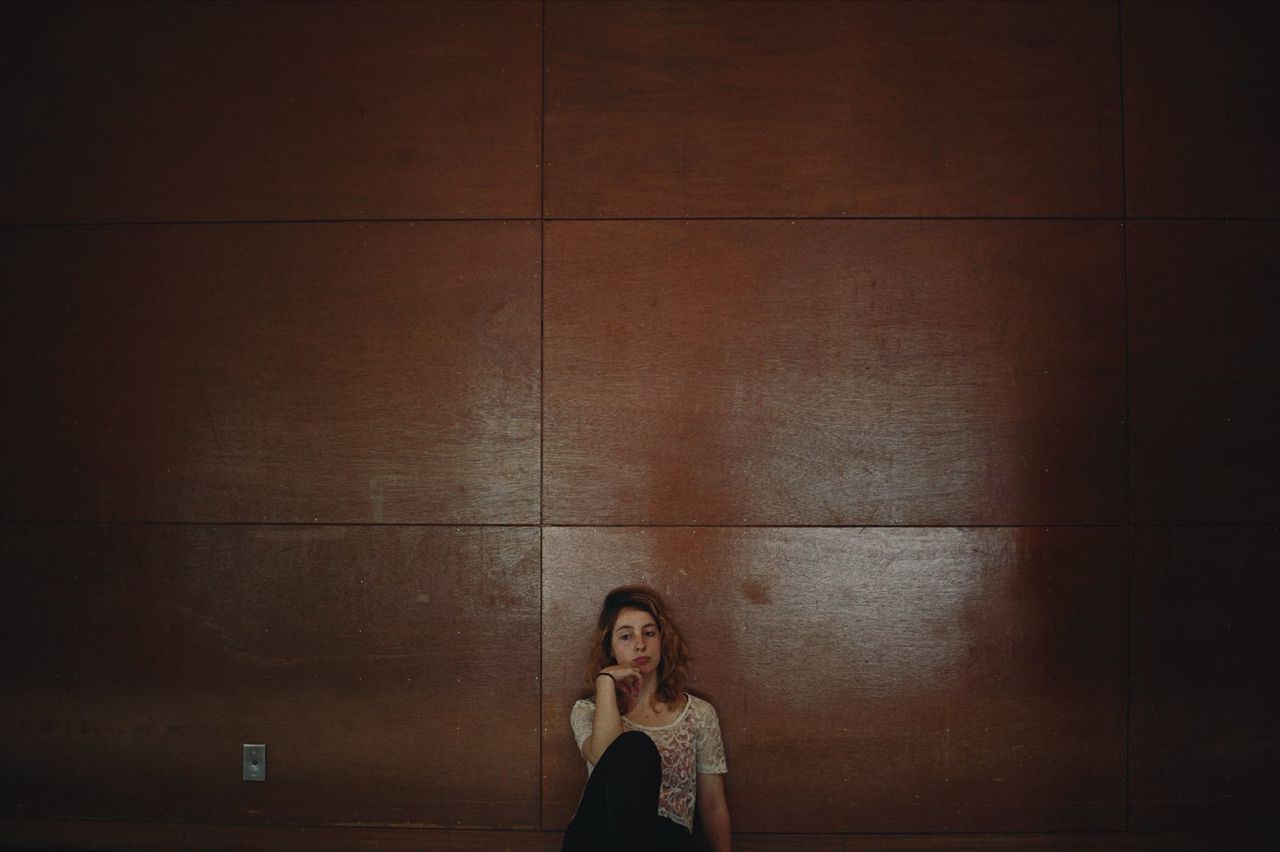
Above: Director Thessa Meijer; photo by Myrthe Mosterman
Where did the idea and inspiration for The Walking Fish come from?
At one point, I had an idea about a woman who is on the verge of having a big emotional eruption. I wanted to explore a character that somehow learned to keep all her uncanny feelings to herself, but who has done this for such a long time that something dangerous is about to happen inside of her. I thought of connecting her story with the story of a volcano that is about to explode… they somehow react to each other.
That brought me into research about where in the world you can find active volcanoes. I discovered that in the south of Japan, there is a volcano that erupts on a regular basis. Whilst researching the region I accidentally discovered the mutsugorou – a mudskipper. This changed the course of my idea completely, and I left the volcano idea for what it was.
It was something in me that wanted to explore the thin line between healthy ambition and the obsession of always wanting more. So, from volcanoes to odd looking fish, that’s how the story of Mutsumi started.
The mutsugorou is a very peculiar amphibian fish, super odd-looking. I was intrigued by this blue-spotted, ancient looking creature. To me, they looked like the missing link in evolution, something in-between a fish and a reptile – as if they were halfway through becoming four-legged terrestrials but lost interest along the way. I could identify a bit with the tiny fish that looks like it wants to crawl on land and evolve to become something more.
It got me wondering; what if one of the mutsugorous is unsatisfied in its current shape, curious and ambitious to evolve? Maybe one of them decides to progress into a girl. It was something in me that wanted to explore the thin line between healthy ambition and the obsession of always wanting more. So, from volcanoes to odd looking fish, that’s how the story of Mutsumi started.
Above: Scenes from The Walking Fish.
You shot it as an Artist in Residence in Japan; how did that residency come about and what was your experience there?
I had my idea about this emotional eruption and the volcano idea and then me, Gijs Kerbosch and Christine Anderton from HALAL planned to get me to Japan to look for active volcanoes in the South, to do research. I wanted to get to know the area and culture better before we locked the idea. We then came across this programme in Saga, on the island of Kyushu, who were specifically looking for Dutch artists. They have a trade connection between Saga and the Netherlands, and as part of a special 150-year celebration of this connection they set up this gallery and exchange program called Holland House. It was during this phase I discovered the mutsugorous and the ideas behind the film as it is now really came to fruition.
The shooting locations were beautiful and I really got to know the people we collaborated with. I also tried eating a mutsugorou and became a vegetarian shortly after that.
I got selected and was given a lovely apartment in the backyard of a university professor’s family home and had a studio in the city centre to work in. Once in a while we had a lecture or gallery talk, but there was no pressure to do things specifically for the gallery, everyone was very supportive. There were so many people helping me. You-ga Sonoda, who was overseeing the Artist in Residence programme, the people from the Saga government, multiple interpreters and the Saga Film Commission people, who helped with the locations, permissions, logistics, casting and extras. We had Nikki Tsukamoto Kininmonth, a line producer from Tokyo, the HALAL team working from The Netherlands, and five Dutch crew members who came to Japan a few days before shooting.
There was not much time to explore the tourist highlights of the region, but the shooting locations were beautiful and I really got to know the people we collaborated with. I also tried eating a mutsugorou and became a vegetarian shortly after that.
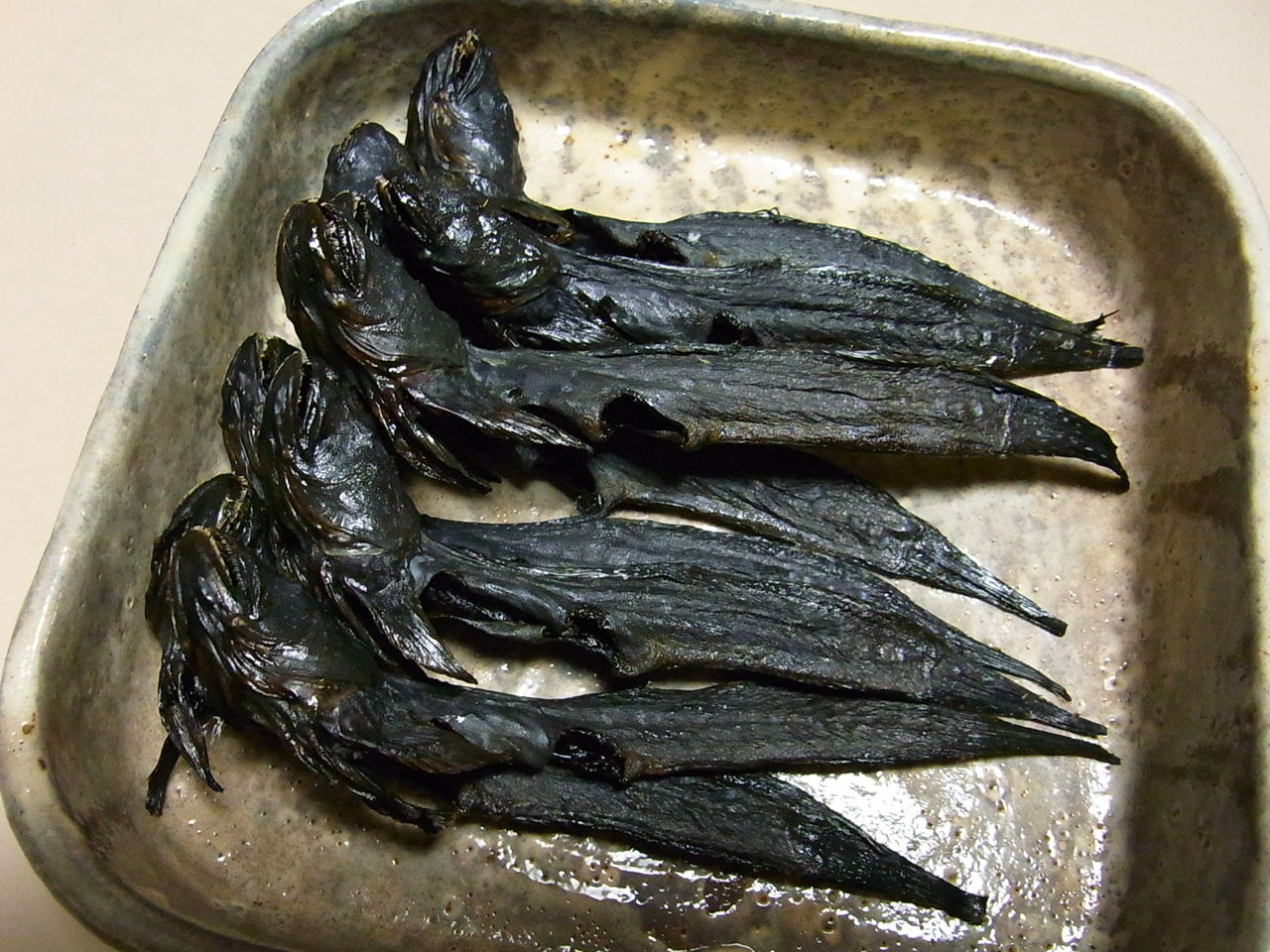
Above: "I also tried eating a mutsugorou and became a vegetarian shortly after that."
Can you speak Japanese, and what was it like working on a film in the Japanese language and culture?
I always wanted to learn Japanese, was slightly obsessed with Japan when I was younger. I tried to learn it and I’m able to have a very basic conversation but yes, still on my list of things to do.
During rehearsals and casting sessions, me and the actors improvised a lot. Most of the time I couldn’t understand what they were saying. An interpreter would translate the most important stuff, but I mainly had to watch and listen on a non-verbal level. Everything me and the actors said to each other had to be repeated by an interpreter, which was very time consuming, so I had to be extra precise in my directions. That was a really good lesson.
When I heard that, I felt pretty ashamed. I really had to learn that my way of doing things isn’t always the right way.
It is a very different culture so that was also a big reason why the research phase was so important to us. There were so many things about Japanese (working) culture that I had to learn. For example, we once went to meet the director of a bentou (lunch box) factory where we would like to shoot some scenes. When we entered the meeting room, I would just pick a chair and sit down, but was quickly told to sit in a different chair. So I did (a little bit reluctant because I sometimes feel this mild resistance if someone tells me what to do and I don’t understand why).
After the meeting, I was told that according to old customs, a host should always sit in-between the guest and the door in order to protect his guest if a bear or other attacker enters the house. When I heard that, I felt pretty ashamed. I really had to learn that my way of doing things isn’t always the right way. That compromising is necessary, and that Dutch people can be pretty rude and annoying at times.

Above: Thessa Meijer.
The casting in the film is great; can you tell us a bit about how you found the actors?
Our line producer Nikki helped us with the casting, and did a great job. We received a lot of video auditions, but the challenge was to find a lead character who could forget about the human elements and be a bit more primal. When we saw Mado Karasumori we immediately knew she was our woman.
Two weeks ahead of the shoot I started to get pretty desperate.
Nikki and I then went to Tokyo because it still was difficult to make the final decisions without meeting the actors in person, and also to see if we could work and improvise together. So we had a second round of auditions in pretty odd locations, sometimes even on the street or in a parking lot or in the attic of a restaurant because we didn’t have enough money to rent a space. Huge props to all the actors who were brave enough to do this!
In casting the young Mutsumi we had to find someone who looked like Mado and was also confident and enthusiastic about acting in a foreign film. It was quite a challenge. We could not go to schools or public arenas to cast because of privacy rules. Two weeks ahead of the shoot I started to get pretty desperate. So we drafted an email to send out to everyone we had met in Saga, and a few hours later one of the people from the Artist in Residence connected us to her niece Koume. It was a perfect match!
What were the biggest challenges you faced in pulling this project together?
We had a motto during the production; there are no problems, only challenges. Because there were, of course, quite a few challenges. But the support from the local crew and cast was overwhelmingly positive, so despite everything we had a great time.
I feel like winning the YDA can open a lot of doors, and I very much hope it will bring me and HALAL our first commercial assignment together soon.
What does it mean to win the Special Jury Prize at the Young Director Award?
It is such a huge honour. I saw mind-blowing work during the YDA award show and didn’t expect to win at all. It feels strange but empowering to be in such good company, amongst those very talented directors. To receive recognition and support from the YDA jury, which is such a mix of the top notch movers and shakers globally, means a lot.
I feel like winning the YDA can open a lot of doors, and I very much hope it will bring me and HALAL our first commercial assignment together soon.
What other awards/commendations has the film picked up and what are your hopes for if from here?
We were selected for the Dutch competition at the Imagine Film Festival and Go Short International Short Film Festival, where it received a Special Mention. We also screened at Bucheon International Fantastic Film Festival in South Korea, and will screen in Japan, China and Taiwan this summer. We’ve submitted the films to other festivals and hope to have some more great selections before releasing it online.
I love doing short projects and like to be inspired by someone else’s ideas. It’s also nice to have some strict boundaries once in a while.
Do you plan to work in the advertising industry and if so, what most excites you about that prospect?
I do plan to work in advertising! I love doing short projects and like to be inspired by someone else’s ideas. It’s also nice to have some strict boundaries once in a while, because it can make you end up with an idea I would’ve otherwise never come up with. I’ve done music videos and enjoy the higher pace of the process. As a writer/director I’m always working on a project for quite a long time, and as the film’s lengths get longer this only gets 'worse', so it’s great to do projects where I have to think and act quicker. HALAL and I are hoping to make a big step into commercials very soon together!
What can we expect to see from you in the future?
At the moment I’m working on a two-minute romantic comedy horror short called HEAT, which just finished shooting and will be released early August. I’m also in post production for a new short film about three girls in a strange and gloomy friendship, which will be released this summer or autumn. I feel like picking up the volcano girl idea. And, I’m about to start the development of my first feature film with HALAL.
)






